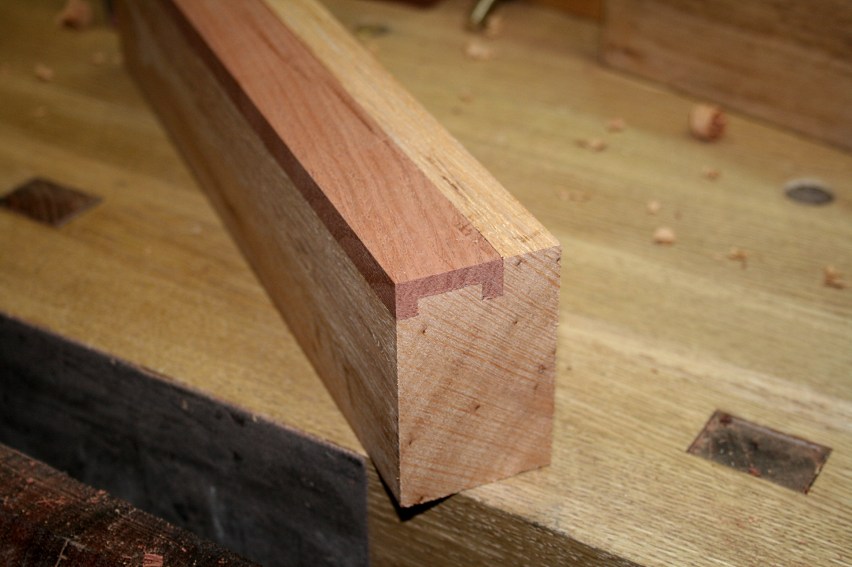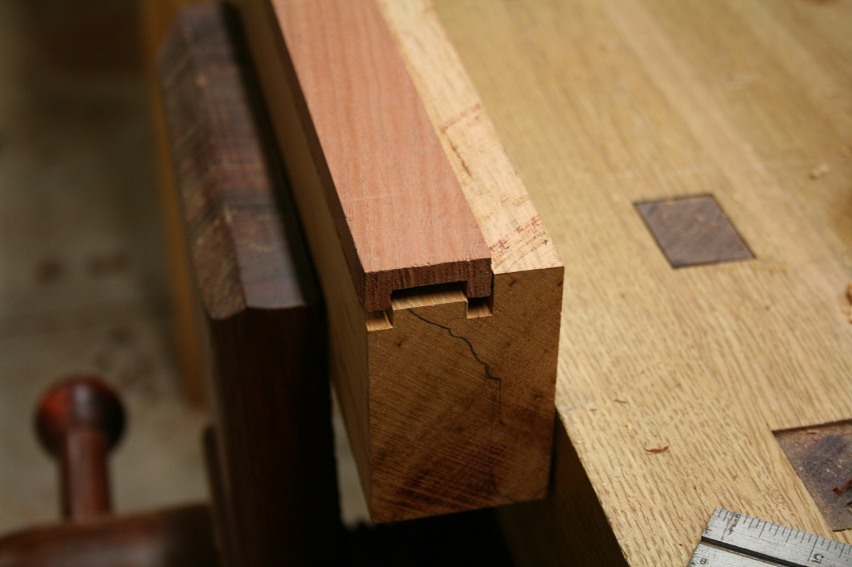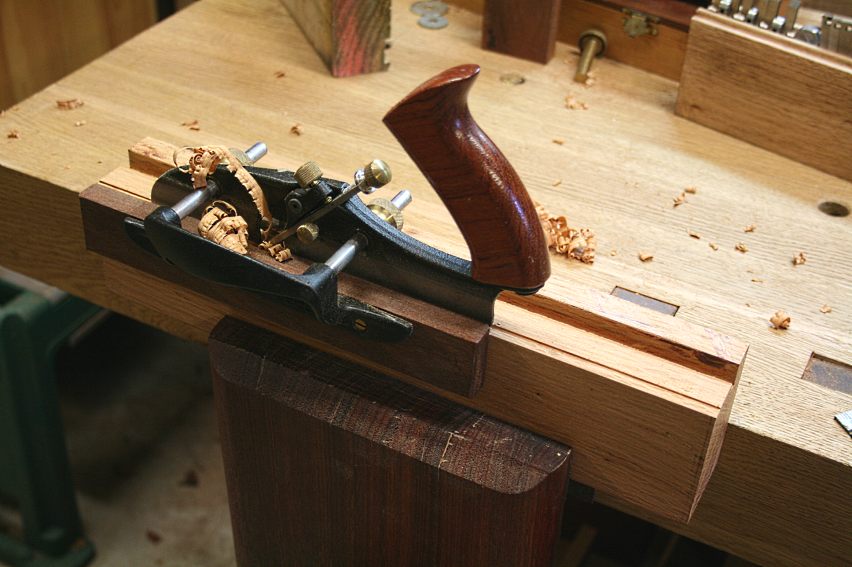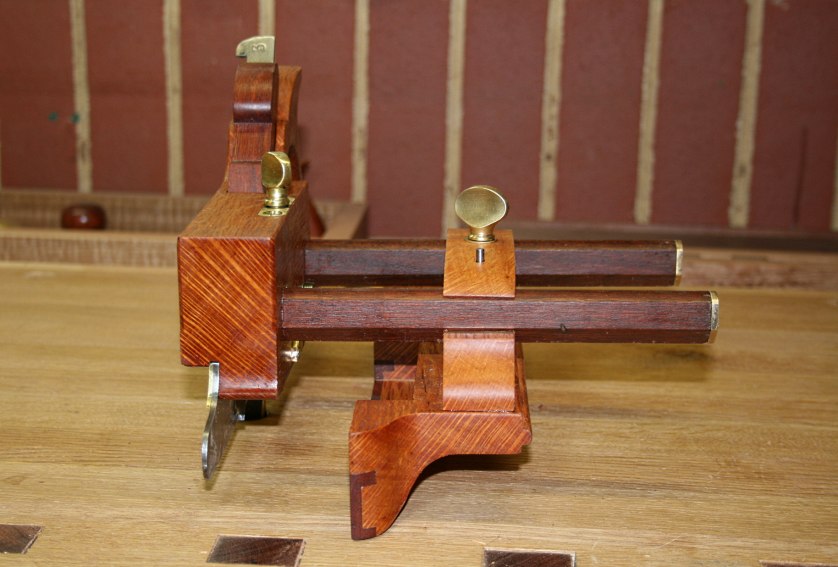Philipp
Established Member
Many old moulding planes have boxwood inlays in certain areas of the plane that are exposed to high wear. Sometimes the profile of this boxwood inlay is quite complicated like here for example:
http://www.ebay.co.uk/itm/Antique-Mould ... 2321c42ae1
Has anybody an idea about how it was made? Has one of you ever come across a special tool made for the female part of the boxing ?
Sometimes I have the impression that a complex boxing perhaps was not necessary on a plane but was rather created in order to show the skill of its maker.
Regards, Philipp
http://www.ebay.co.uk/itm/Antique-Mould ... 2321c42ae1
Has anybody an idea about how it was made? Has one of you ever come across a special tool made for the female part of the boxing ?
Sometimes I have the impression that a complex boxing perhaps was not necessary on a plane but was rather created in order to show the skill of its maker.
Regards, Philipp






































